Supporting materials
Activity 1 - Bingo calling sheet
Activity 3 - Reaction-rate sentences
Download
Download this article as a PDF

Play your cards right: Everyone enjoys playing games, so use chemical card games to get students to learn through play without them realising.
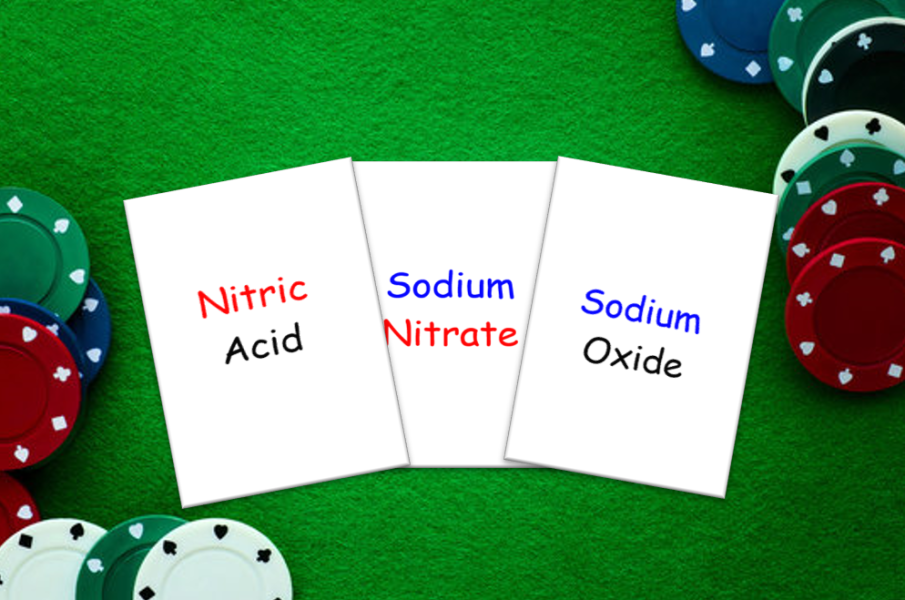
My love of using card games in an educational setting came about when I started to research active learning as opposed to passive learning. I came across an article in Education in Science, the Association for Science Education (ASE) magazine, which discussed the use of element symbols as the numbers for a game of bingo. With no idea how it would work in a class situation, I tried it out with a year 8 chemistry class. The results were quite amazing, with all students actively participating and getting very excited as they got closer to getting a ‘full house’! I used clues about the uses or properties of the elements, rather than just saying the name or giving the atomic number of the element, and this meant that the students were also learning other information without realizing. When I tried the same game with older students, I got the same response, which led me to try and develop more games. Three of these games are described below and cover the topics of types of bonding, rates of reaction, and the formation of salts from acids and bases.
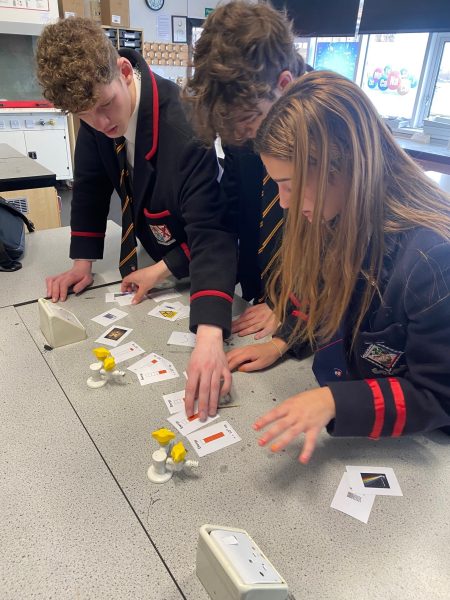
This is a fun way for students to learn the symbols of some common elements and their position in the periodic table. Students work individually and this game lasts 10 minutes. It is suitable for students aged 12 and above.
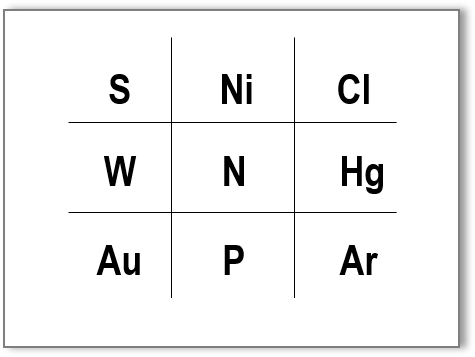
Questions to ask students could include the following:
Names of different elements and compounds are given on the cards. The cards are first used in some sorting exercises to recap knowledge. Students then play a game, similar to rummy, to review and revise their familiarity of the different types of bonding; metallic, ionic lattice, covalent small molecular and covalent giant molecules (networks).
Students work in groups of two or three and the game lasts 10 minutes. It is suitable for students aged 14 and above.
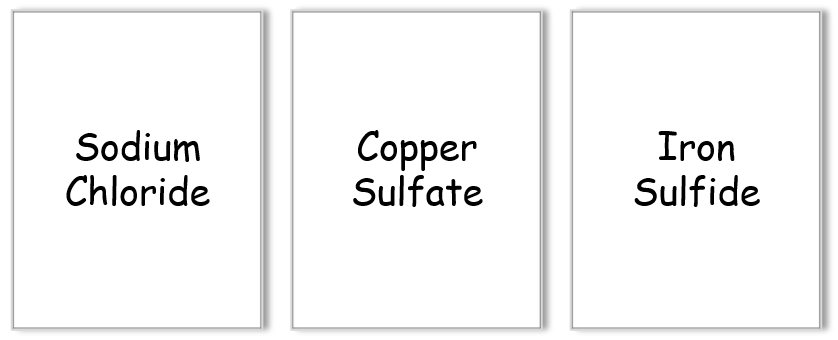
Peer discussion is an important part of the activity, especially in the initial sorting tasks. If there is any disagreement on a particular categorization within the group, encourage the students to discuss it, with each party giving their reasons, and reach an agreement.
This is a great revision or quick reminder game on speeding up reactions. Paragraphs describing collision theory and how it explains how concentration, particle size, and temperature affect the speed of a reaction have been cut up into strips.
Students work in groups of two or three. The game lasts 15 minutes and is suitable for students aged 12 and above.
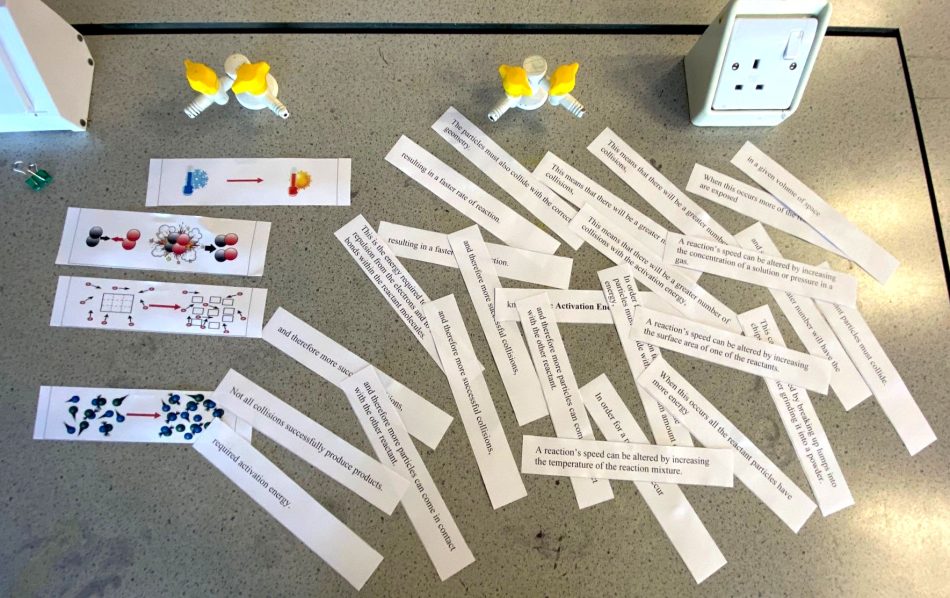
Image courtesy of the author
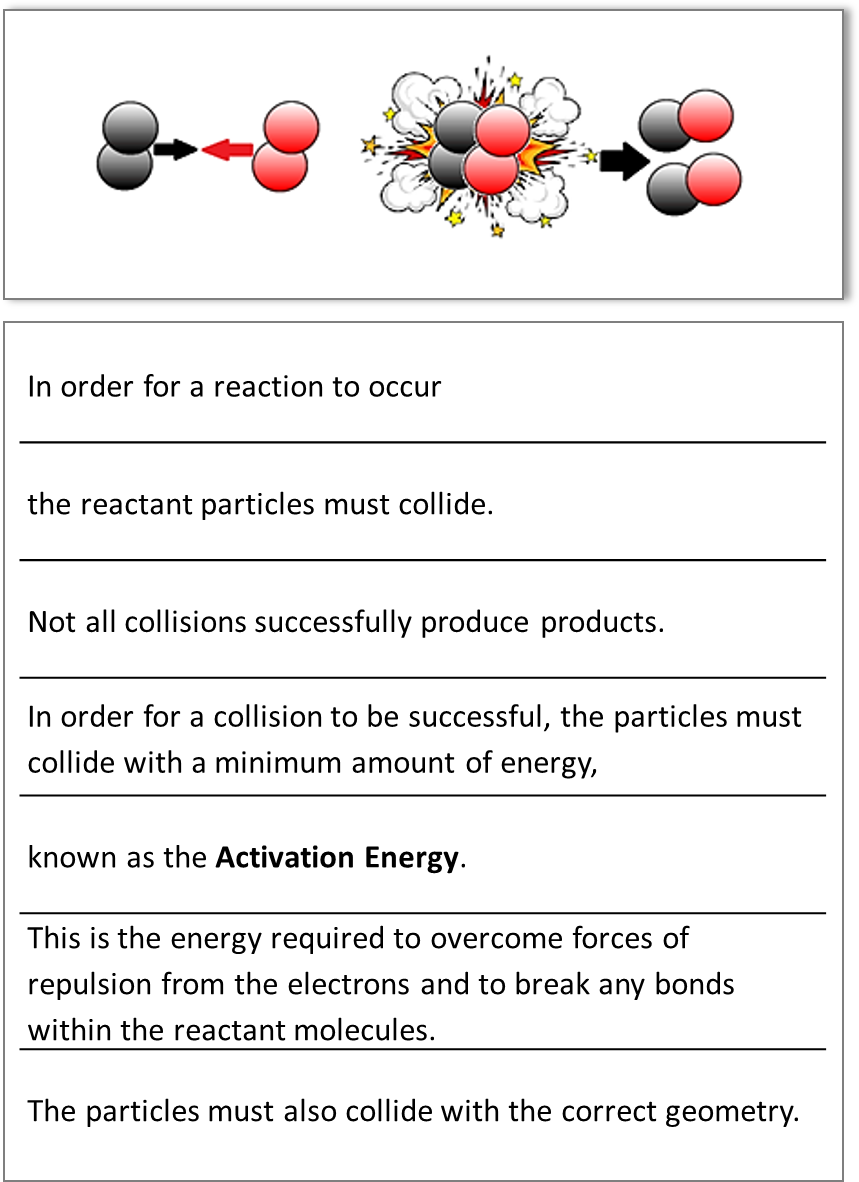
Students could be given a particular chemical reaction. They should explain how they would speed up the reaction in simple terms and then go into the specific practical details of how this could be carried out.
This method can be used for a number of different topics. Once the groups have completed the task once, it can be used as a review exercise at the start of the next lesson, where teams race each other to be first to complete the task.
This game is similar to happy families, where three members of the same family are made into a set. It looks at the reaction of acids with bases to form salts. A variety of acids and different bases can be combined to form the desired salt. Students work in groups of two or three. The game lasts 10 minutes and is suitable for students aged 12 and above.
Students try to get sets of three cards with an acid, a base, and the salt they form making up their family.
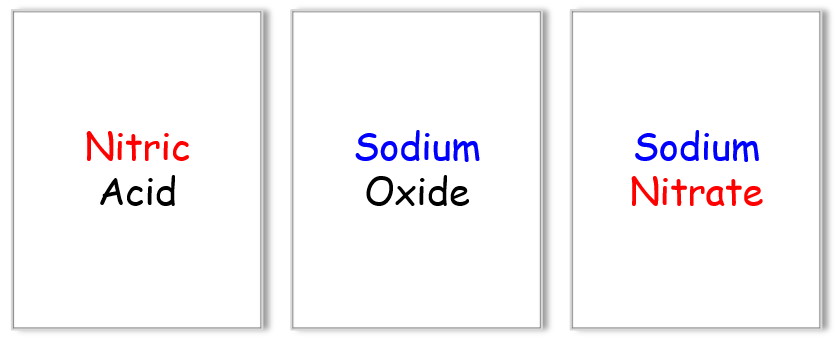
I have nearly 80 different games now, covering all age ranges and areas of the chemistry curriculum. The students love playing them, and I have never had anyone complain that “it’s boring” or “it’s too easy”. As my skills in developing different types of games evolved, I started to use them as a way to encourage those deeper learning conversations that students need to have with their peers to help them actively understand concepts. I find it very empowering to hear students arguing over where a card should go and then backing up their view with chemical knowledge, and the other student suddenly ‘getting it’.
I hope you want to try out these games and use the blank templates to create your own. I am sure that, like me, you will find that:
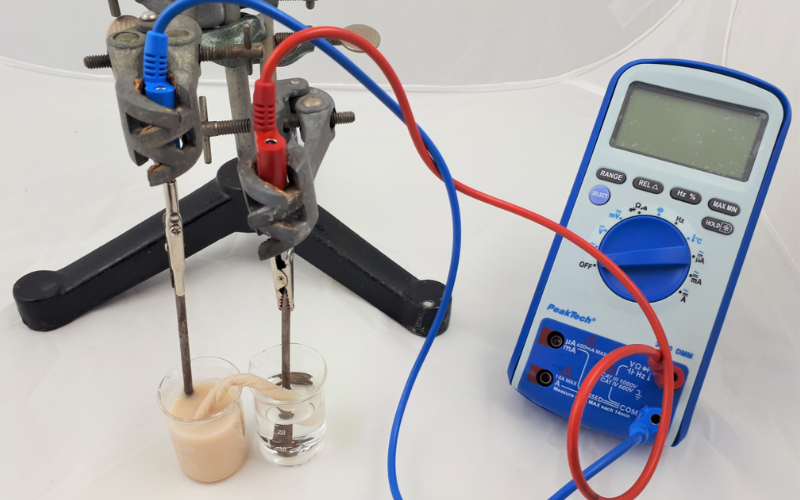
Redox reactions carried out by inexpensive baker’s yeast during breadmaking can also be used to demonstrate biofuel cells in the classroom.
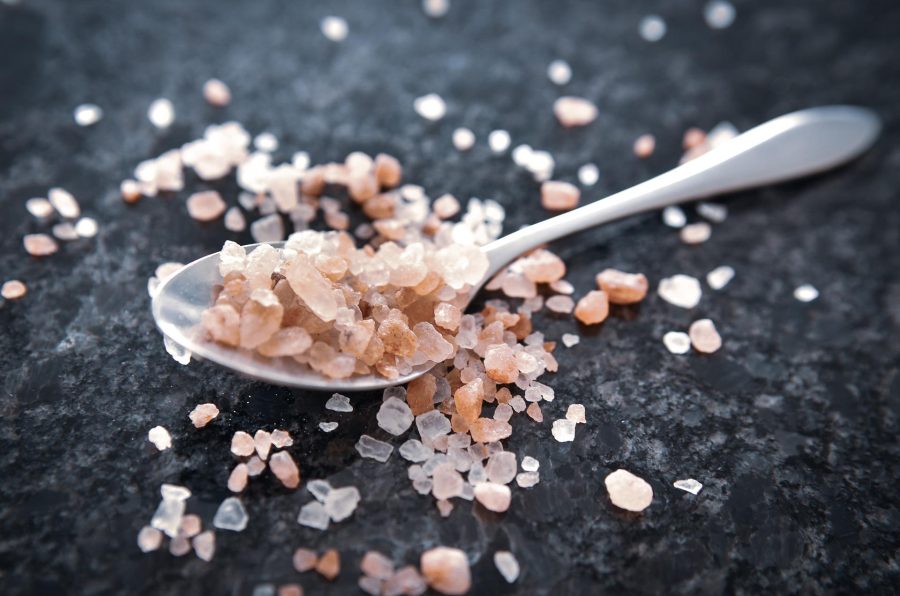
What's wrong with 'chemical-free' labels? Is ‘natural’ necessarily better? Learn how to spot pseudoscientific fake news in the…
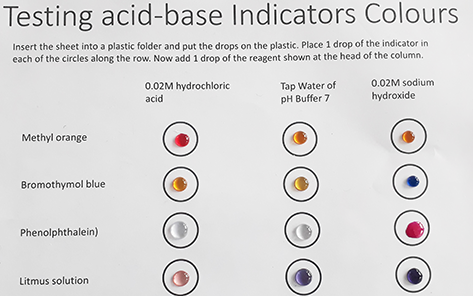
Good things come in small packages: discover how microscale experiments can have a big impact in STEM…